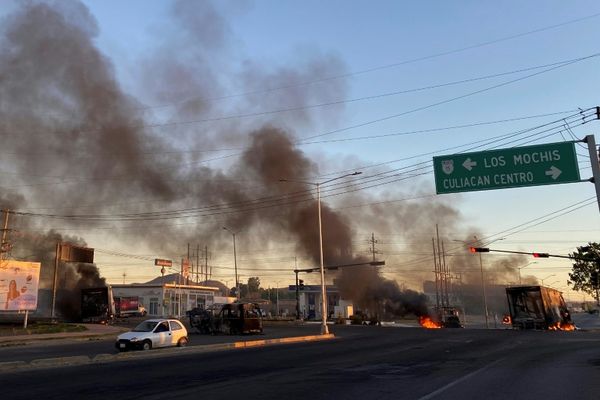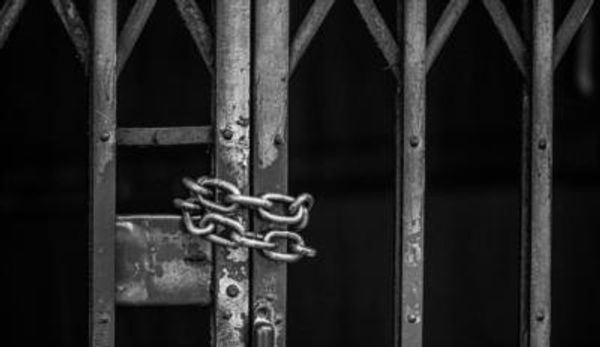NONFICTION: A St. Paul memoirist struggles to understand suicide and its generational effect.
"Sinkhole: A Legacy of Suicide" by Juliet Patterson; Milkweed (288 pages, $25)
———
Three days after Juliet Patterson's memoir of three familial suicides arrived on my doorstep, my close friend killed himself. I took the book with me to his funeral, hunkered over the tray table for the four-hour flight, marking up pages not as a critic but as a bewildered fellow traveler to the land of agony and grief.
"Under what circumstances, if any, does suicide make sense?" Patterson writes. "Under what circumstances, if any, is it the appropriate thing to do? Is life itself worth having? Is the fact that you're alive a good thing?"
On Dec. 17, 2008, having compiled three binders of documents, records, prepaid taxes and instructions for his wife, Patterson's father carried two nooses in a plastic bag to a park in St. Paul and ended his life near the pedestrian bridge where he used to walk his dogs.
His daughter's subsequent bewilderment and edge-of-the-sinkhole grief is palpable in this memoir. Here she seeks not only to understand her father's suicide in its immediate aftermath, but also to come to terms with the distant suicides of both her grandfathers. Is there a pattern? Does this suggest intergenerational trauma? Are the deaths a result of idealized masculinity?
Like a child lost in a dark wood, Patterson searches everywhere for breadcrumbs to lead her out of the forest. "I was looking for a narrative," she writes, "one that supplied a simple motivation."
It is a soulful odyssey. She travels to Pittsburgh, Kan. — a former mining town now pitted with sinkholes — to research her grandfathers' lives and their untimely deaths. She describes the landscape of the town, draws parallels between the caverns in the earth and her current state of groundlessness. She gets sucked down internet rabbit holes watching literal sinkholes swallow "a dog ... into a lawn; a row of cypress trees ... into a bayou" and feels that, like her, "the land, too, had something festering inside." She visits archives and interviews relatives. She delves into the literature of suicide, quoting writers, psychologists and theorists.
But the book is best when Patterson is simply a sad and confused daughter scouring her enigmatic father's digital life, hacking his e-mails and spelunking into his bank accounts for clues. She relives his last visit to her, their last conversation, replays his last voice mail, studies his suicide note as if it's an ancient rune, and feels, as we all would, "angry that there was not a second note just for me."
"The person who commits suicide puts his psychological skeleton in the survivor's emotional closet," writes psychologist Edwin Shneidman.
"He sentences the survivor" to an obsession about his own role in either precipitating the suicide — or failing to prevent it.
Patterson's obsession is honest and well wrought. She confesses her desire to believe a psychic, to over-talking with friends, to alienating people as she sought to understand. But the grieving aren't always good company.
Though the memoir doesn't solve the riddle of suicide or offer a neat narrative arc, it does show the value of remembering and the importance of paying attention to, for example, a "rack of suits and ties," a "silver wide-mouthed thermos," a "briefcase strewn with pens and graph paper" or a Lite Brite message left glowing in the dark after her father left for a business trip that said: "Be good. I love you. See you soon."
———
Christine Brunkhorst is Minneapolis-based writer and reviewer.







